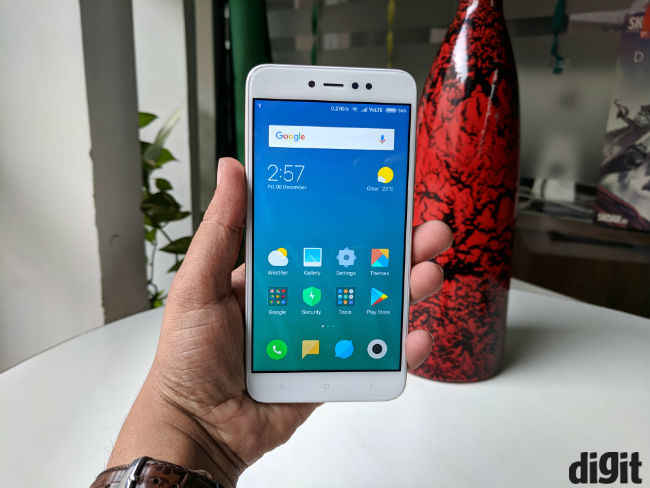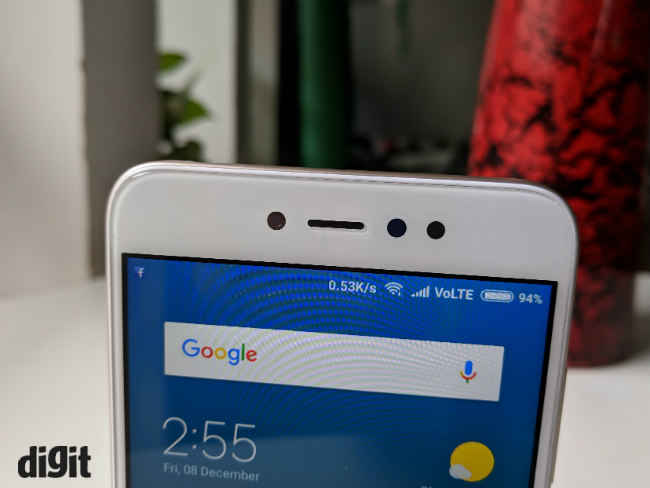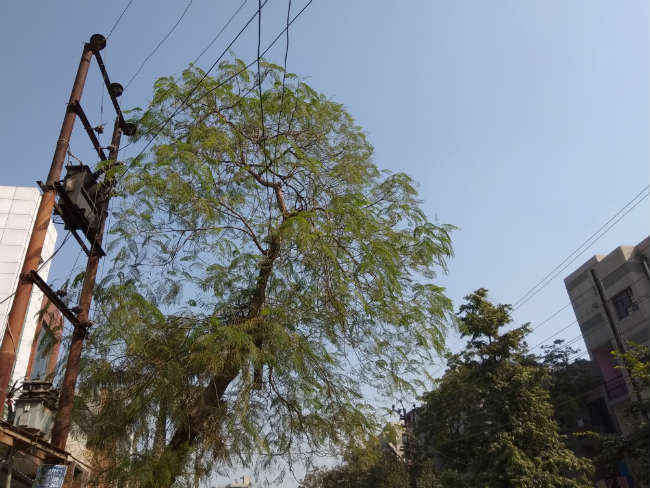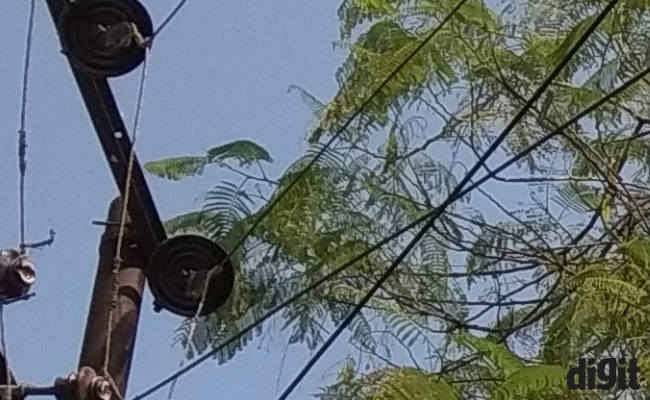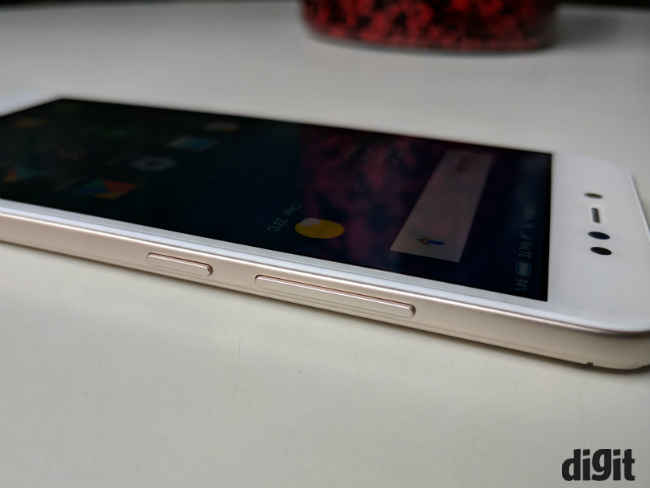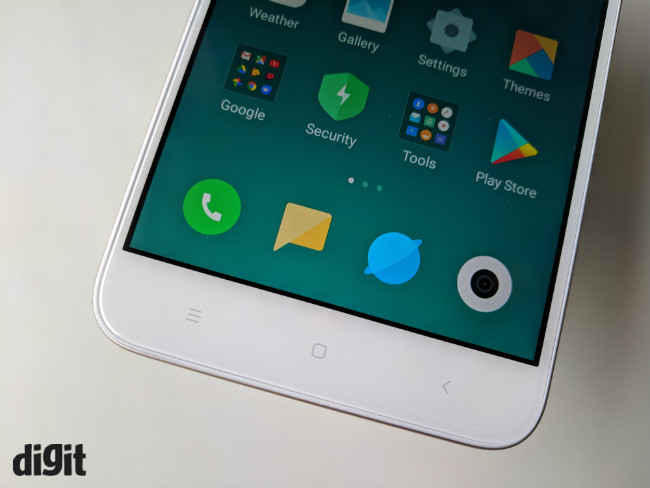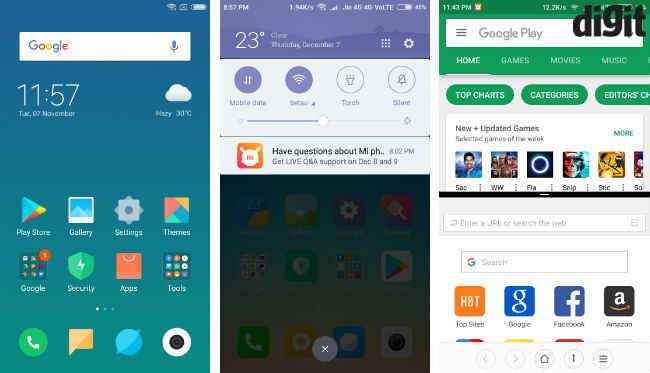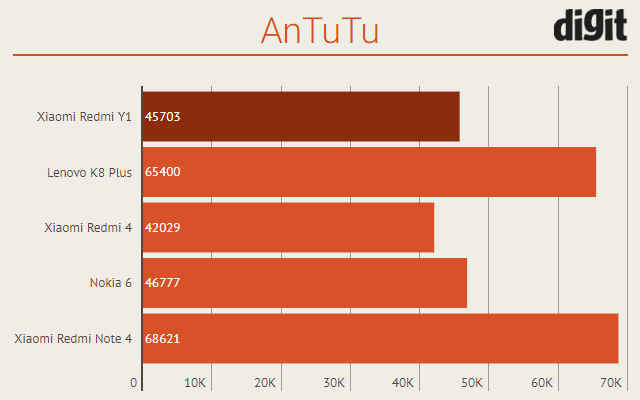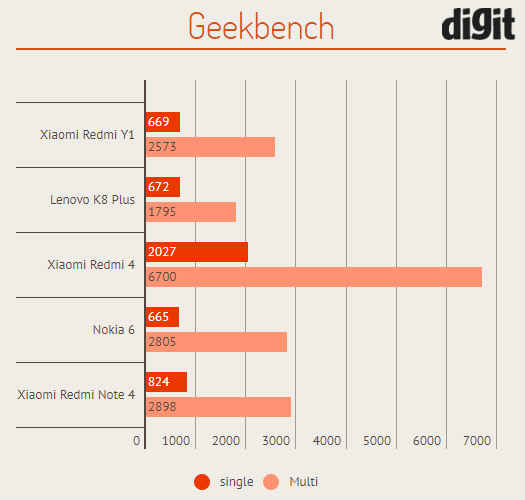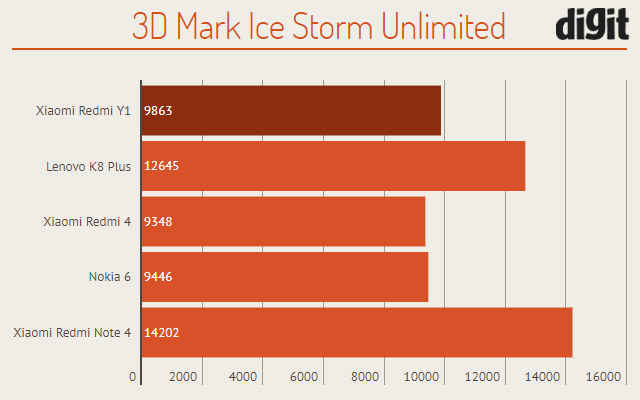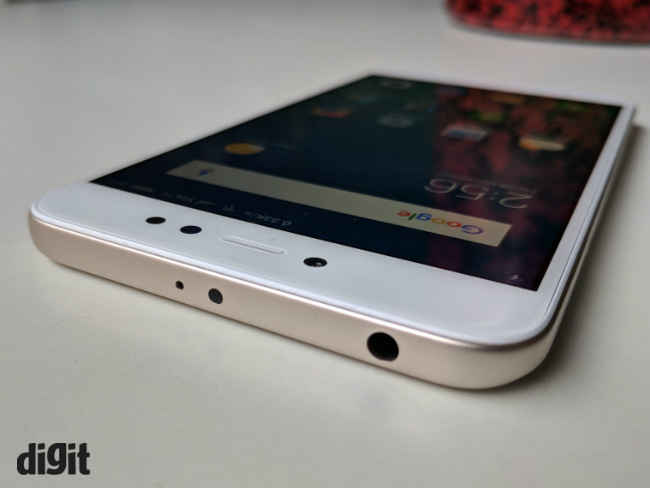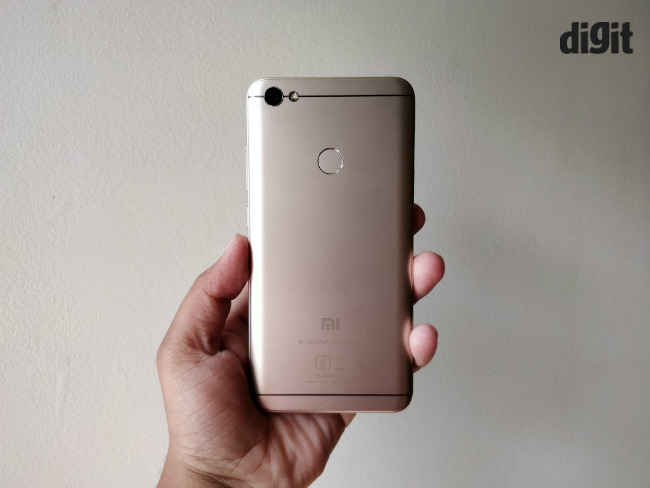Xiaomi Redmi Y1 Review : Better selfies on a budget
The Xiaomi Redmi Y1 is now the best phone for selfie lovers with a budget of under Rs. 10,000. It is a decent performer and has the same qualities we have seen on other Xiaomi phones. The only real compromise is in build quality.
Front facing camera: Best in class
The 16MP front facing camera with f/2.0 aperture lens is the main party trick. And this new camera does quite well. In fact, in a recent comparison between the selfies taken from this phone and the significantly more expensive Oppo F5, we established that the Redmi Y1 does hold its own. If we break it down further though, the phone does a good job when taking images in natural or ample lighting conditions. The camera captures decent amount of details but has a tendency to add a warm tone to all these images. Being a front facing camera, images turn out softer in comparison to a rear camera. So, details are noticeably low.

Images taken in low light are about average and carry little details with decent colour reproduction. Images have high levels of noise the front facing flash doesn’t help either. That being said, you won’t find anything better at this price point, which inadvertently makes the Redmi Y1 better than the rest.
Rear camera: Nothing great
As for the 13MP rear shooter, we are disappointed to see that the image quality here has dropped, compared to the Redmi 4. That’s likely because of the smaller f/2.2 aperture. The overall image quality is not significantly different, but we would argue that it shouldn’t be different at all.
In ample lighting conditions, the Redmi Y1 captures decent details and colour saturation levels are fine as well. The camera, however, does not address the low dynamic range issue we pointed out in our Redmi 4 review, and shadow details are still lost. Furthermore, images shot at night don’t have a lot of detail, thanks to the camera’s reduced aperture. The phone also requires a rather steady hand to click low light images in HDR mode, as it takes quite a bit of times to capture images in this mode.
Build and Design: Pedestrian
To keep the prices low, Xiaomi cut some costs here and instead of the usual metallic or metal-like builds, the Redmi Y1 is made out of plastic. Yes, you do get a metal finish and a metal frame inside, but the body is susceptible to scratches and bumps. Our review unit has developed a minor creaking sound in just a couple of weeks of usage. If you forego all that though, the Redmi Y1 seems like any budget phone you may have encountered in the wild. The phone does not look particularly smart and the rather boring design has become more of a staple (safe) choice for many. We also don’t like the fact that the three navigation keys below the display are not backlit (still), which in 2017 is rather disappointing.
Display and UI: As expected
Adding to the design is the 5.5-inch IPS LCD display. While the display offers a 720p resolution only, it does not look inferior to any of its competitors. Our testing reveals that Xiaomi has done a better job with this display, compared to the Redmi 4, even with the reduced pixel density. The Redmi Y1’s display looks more natural, compared to the oversaturated tones on the Redmi 4. Though many may prefer the warmer display on the Redmi 4, we personally like the Y1’s colour tones.
That said, the legibility under sunlight is not the best. Same goes for the viewing angles, which are good but there is a slight colour shift at extreme angles. Videos, games and text on the display look plenty sharp and with reasonable contrast.
With this phone, Xiaomi also introduced MIUI 9 in India. The phone was launched with a beta build and now in its stable form, it is just as good and functional as MIUI8. Apart from some new animations, the new UI brings support for split screen apps, bundled app notifications and new editing mode built inside the gallery app. Xiaomi’s Mi drop feature is now available as a separate app and is quite handy for transferring files to other devices. However, on the latest stable build, Xiaomi has not included the new Mi Video app, as well as the shortcut homescreen. Both of which were showcased at the launch last month. As of now, the calendar app also remains the same.
Performance: Deja vu
Inside the device is a tried and tested Qualcomm Snapdragon 435 SoC and since you get the phone in 3GB and 4GB variants, its performance is similar to the Redmi 4 as well. This combination of hardware and software allows the phone to run smoothly through the day. Some apps may take a second or two to load, but overall the in-app experience is quite good. The phone even handles heavy games, like Asphalt 8 and Injustice 2 without much hassle. The loading time can be long sometimes, but that is something we were expecting at this price. Continuous gaming or shooting 1080p videos with the phone does make the device a tad warm. However, it didn't get uncomfortably hot during our use.
Apart from raw performance, the phone has decent sound output via headphones, with special attention given to bass. The same can’t be said about the bottom speaker. It is however reasonably loud.
We also liked the fact that Xiaomi has been listening to its customers, adding a dedicated SD card slot on this phone. This means you can use your secondary Jio SIM without running out of storage. Moreover, the IR blaster is always a welcome extra.
Battery life: Good enough
As we mentioned before, Xiaomi has made some compromises to meet the budget and one of those is the battery life. Instead of the large 4100mAh battery pack the Redmi 4 features, the Y1 makes do with just a 3080mAh battery. That said, in our usage we didn’t find the battery life limiting and it did last us about a full work day almost every day. You can run out of battery easily if you are gaming for long hours, or watch a lot of content on Netflix or YouTube. Once discharged, the phone can be charged to the brim in less than two hours and if you are paranoid, just turn on the battery saver mode in the settings to delay the run to the wall socket.
Bottomline
Overall then, the Xiaomi Redmi Y1 is in essence a Redmi 4 that swaps out some features to make way for others. The biggest addition here is the 16MP front facing camera, which is simply the best at it's price. We don't have any complaints about the performance per se, but we do feel that build quality could have been better. It’s not particularly bad, but we’re used to better designed phones from Xiaomi.
Overall, if you are crazy about selfies and can't extend your budget, the Redmi Y1 is a good option. If not, the tried and tested Redmi 4 is still hard to beat.
Hardik Singh
Light at the top, this odd looking creature lives under the heavy medication of video games. View Full Profile

